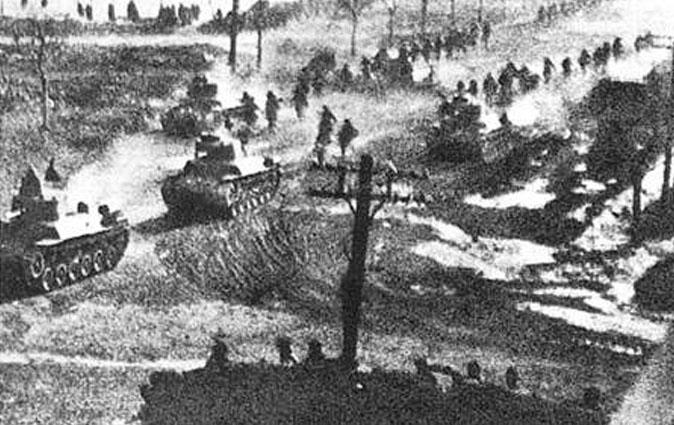Though the requirements for obtaining an operating license for air versus ground travel may vary in different regions, learning to drive in the United States is generally a simple process.
In learning to drive, the first step is class room instruction, which usually includes a lot of reading material and videos, as well as quizzes that you have to take and pass. This portion generally takes several hours a day for about a week.
Next is “behind the wheel” training, where you drive around in a specially marked “drivers education” vehicle with an instructor sitting in the passenger seat.
After completion of both the classroom and in-car portions, you are then eligible to undergo a written test at the local Department of Motor Vehicles (DMV) office for your driver’s permit, which allows you to drive as long as a licensed individual is beside you.
After six months, you can reapply for a license, which, unlike the permit test, will include a road test.
Learning to fly, on the other hand, is is a much more gradual and staged process, according to Adam Twidell, the CEO & Co-Founder of PrivateFly.
In the behind the wheel portion of learning to drive a car, you are pretty much given free reign from the beginning. Even when its just driving around the parking lot, it’s still you driving while the instructor gives out instructions. In fact, its often a bad sign when the instructor has to drive in drivers ed, as it usually means you lost control of the car and need outside intervention.
Flying a plane is just the opposite process. The instructor has full control at the plane at the beginning, and the reigns are given to you little by little.
Twidell gives the example that your first flying lesson may just be trying to decrease and increase speed. In the following lessons, you‘ll gradually learn more about a flying a plane, and when you’re ready, you’ll perform your first solo flight, which will just be a simple take off/flight route/landing procedure. The point is to have the learner gradually gain confidence before having to fly on their own.
Also different from drivers ed is that there isn’t a lot of on the ground schooling with flying, Twidell says, though various books and manuals must still be read. In order to obtain a private pilots license, a Federal Aviation Administration (FAA) written test is required, but this can be taken at any time during in-flight lessons.
Time
The American Driver and Traffic Safety Education Association recommends 45 hours of training in class and another 8 hours behind the wheel, though most states don’t quite meet this recommendation.
A minimum of 45 hours flying is needed to obtain a pilot’s license, but generally 50-55 hours is needed, says Twidell.
Age
Depending on the state, you can apply for your driver’s permit anywhere between 14 to 16 years of age.
You are able to start flying lessons at age 14, can do a solo flight at 16 and apply for a pilot license at age 17.
Cost
Though you aren’t required to take professional driving lessons, most teens today do, with the service being directly offered at their high schools. Driving school packages including a classroom and driving portion can cost anywhere from $200-$800. The fee for obtaining a drivers license also varies by state, though $30 can be thought of as a good median amount.
Airplane instruction up until licensing can cost around $10,000.
Just as costs are higher for learning to drive various vehicles such as a bus or a Formula 1 Car, Twidell notes that it’s the same for learning to fly a private plane or a fighter pilot. They can all be learned, but at a premium rate and with further instruction.
Safety Issues
Safety issues dramatically differ between operating the two vehicles.
First, the government enforces strict medical requirements to learn to fly. Special doctors called Aviation Medical Examiners (AME) perform exams, which will continue even after you get your license and increase in frequency as you age.
There are also various facets in operating a smooth flight that you don’t have to consider in driving, such as pre-flight checks, navigation exercises, and the handling of certain situations such as engine failure.
Another safety procedure that can avoid accidents if performed properly is marshaling —the visual signaling between ground personnel and pilots. Twidell called the procedure similar to parking in that you have to “quickly taxi your aircraft off the runaway and to its designated spot, to keep the airport traffic moving freely.”



